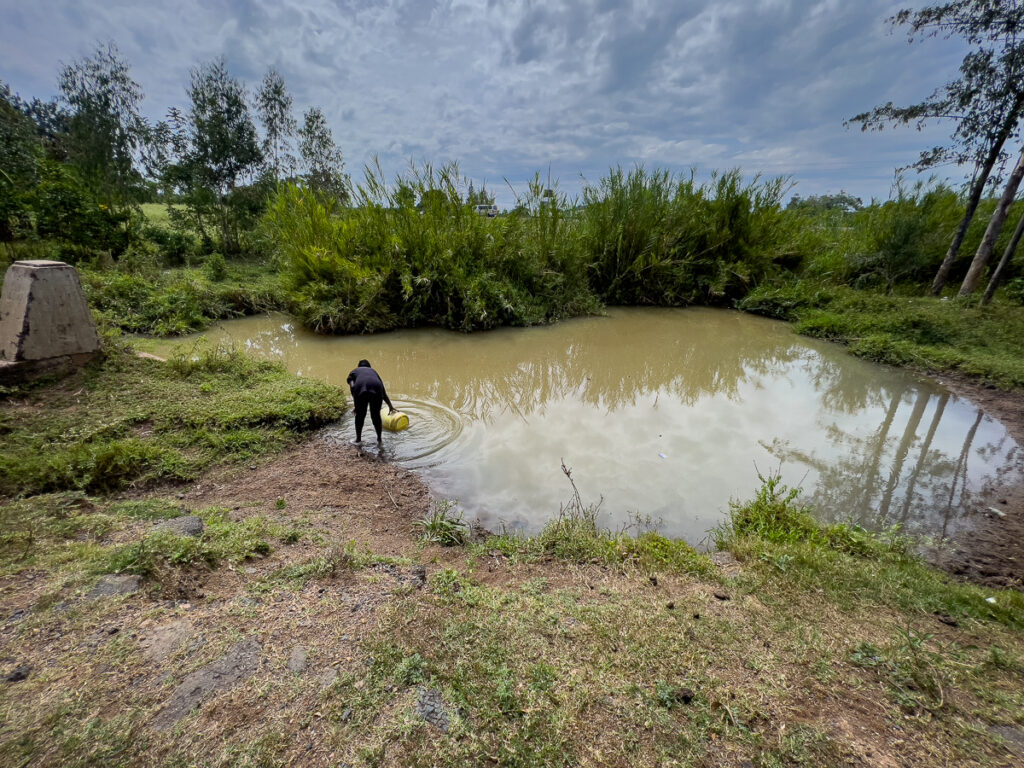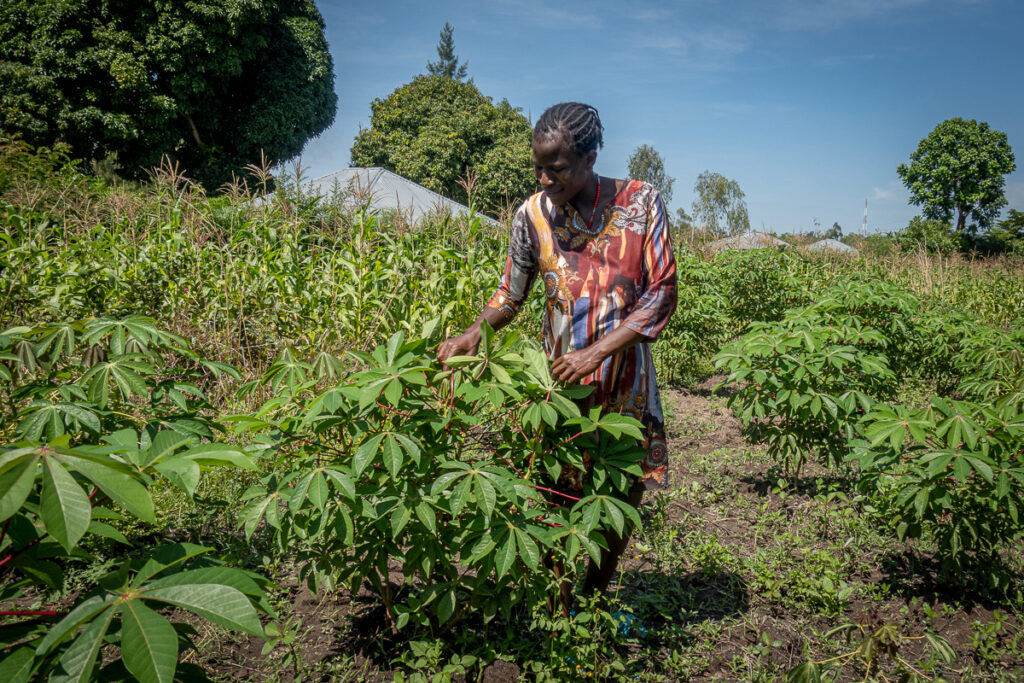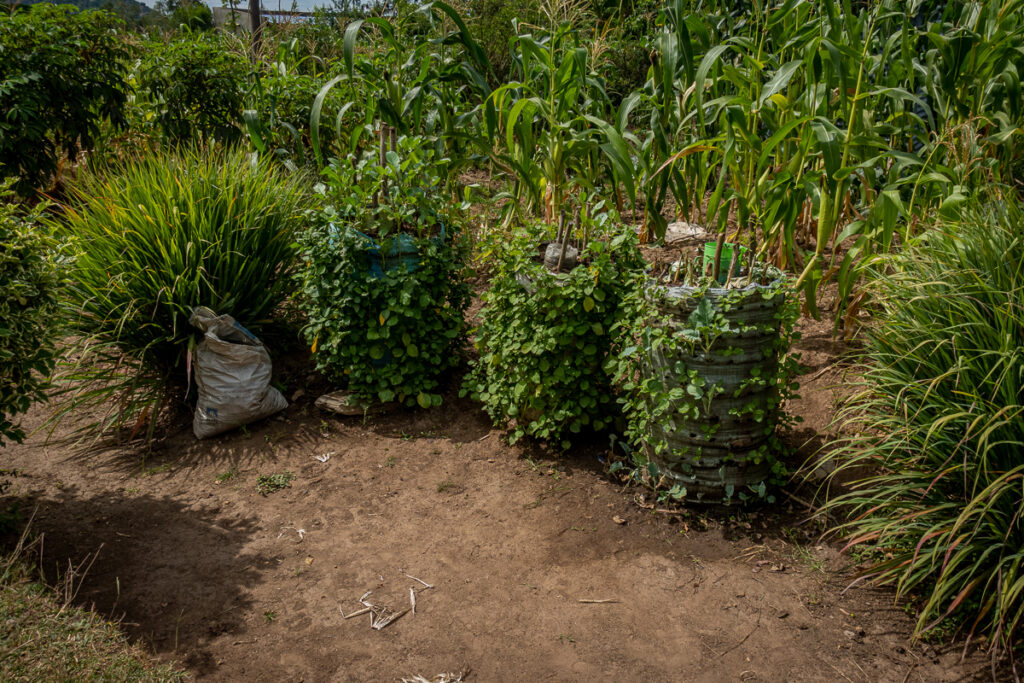
March 22nd is World Water Day. The theme this year is water for security — including food and nutrition security.
As the earth’s temperature rises, and weather becomes more erratic, the impact climate change is having on water is becoming more pronounced and of more concern.
These impacts directly affect SANGO-Kenya farmers, their crops, and their ability to feed their families.
Addressing Climate Change
In many ways, much of the SANGO-Kenya program has been designed around addressing climate change and the associated erratic rainfall. From the beginning, our programs have focused on techniques that help farmers strengthen their food and nutrition security — and that of their children and other people depending on them.
Climate Resistant Crops

SANGO-Kenya promotes climate resilient crops such as African traditional greens, cassava (above), and sorghum. All of these crops grow well even where we work in Seme sub-county with its semi-arid conditions.
Soil Conservation

Climate change also has an effect on the soil. Rising temperatures, drought followed by heavy rainfalls — all combine to degrade the soil. By using organic compost, like the farmers are making above, the farmers help enrich their soil. We also teach them to make terraces around the cultivated areas to help drainage, promote crop rotation, and teach them to make organic pesticides.
Vegetable Preservation

Farmers can dry surplus vegetables and cassava so they can eat them after the harvests have finished. We teach methods that preserve nutrients and also protect against mold or other spoilage. Some farmers report that they continue to eat the dried vegetables for months after the end of harvest!
Innovative Farming Techniques

Multi-story gardens, pictured above, benefit the farmers in so many ways. They require much less water than planting crops in the field, they use much less land (sacks like the ones above can grow up to 120 plants each!), and they can be conveniently placed close to the farmers’ houses. Further, the only cost to the farmer is the sack, which costs less than 50 cents. Most farmers make more than one — some have as many as six or seven!
Harvesting Rainwater

Rainwater harvesting systems can be very effective for capturing water, but many are so expensive they are beyond the reach of most of our farmers. Last year, our Board Chair Owen introduced the farmers to a very inexpensive gutter to capture rainwater from their roofs. Using these new gutters, the farmers can now capture 2-4 times more water than before. One farmer told me she is using the money she saves from buying less water for school fees and other household items.

Erokamano. Asante. Thank you. None of this would be possible without you.
The SANGO-Kenya farmers, their families — and Winnie, Evance, Peter, Franck, Connie, and Kit
On this World Water Day, we happily celebrate the accomplishments of the SANGO-Kenya farmers!
There are still many challenges, but thanks to you and your support, we are making progress!
In honor of World Water Day, please consider honoring the amazing accomplishments of the women farmers of SANGO-Kenya with a generous donation.
Please like us on Facebook:
SANGO-Kenya
And follow us on Instagram:
SANGOKENYA
Write me! I love hearing from you! kit@SANGO-Kenya.org
